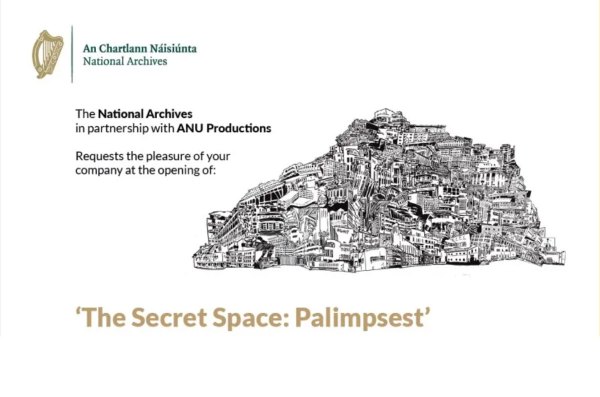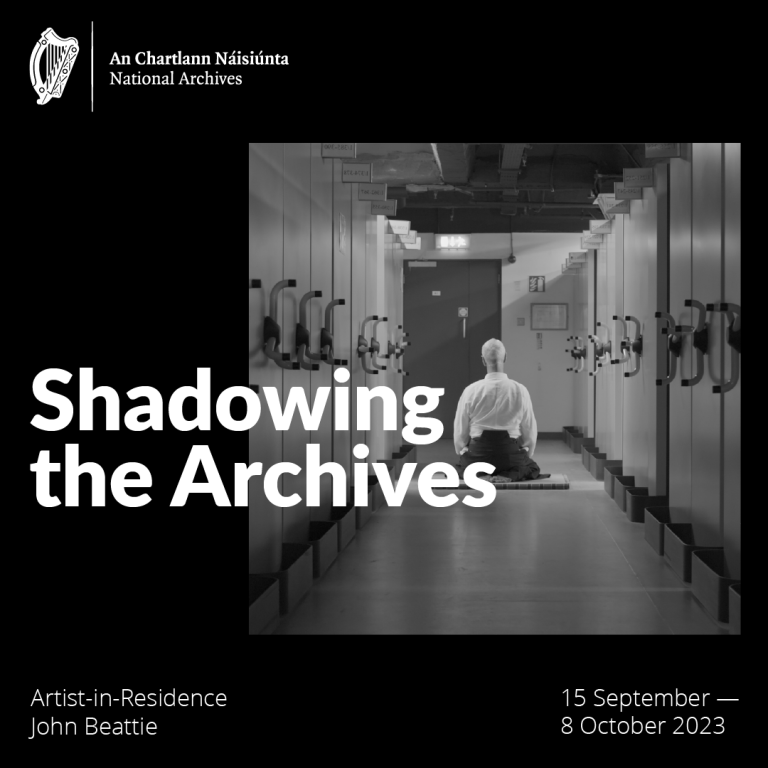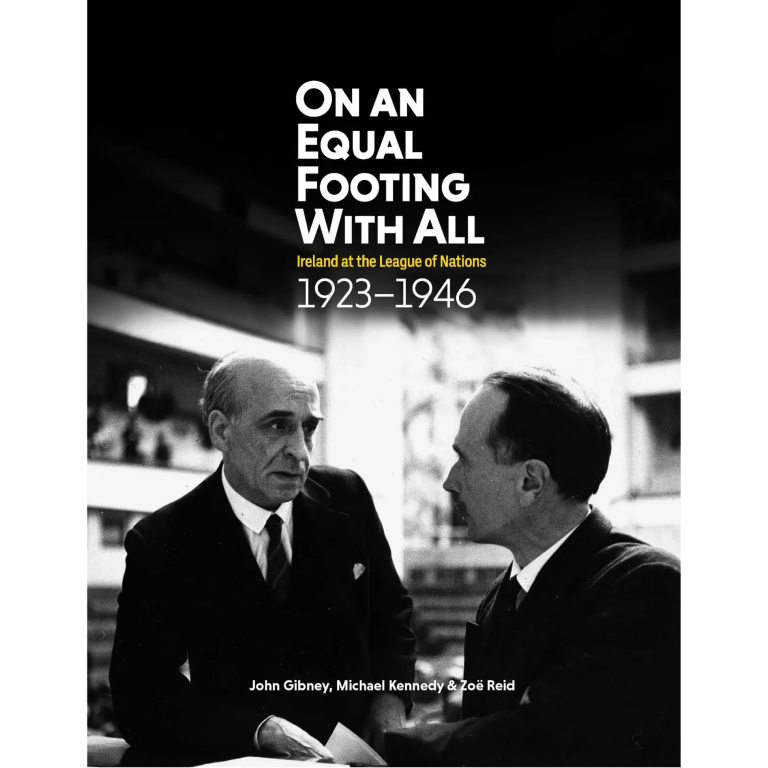Background to the exhibition
The exhibition built on an earlier installation and performance work entitled The Secret Space (2021), in which ANU’s co-artistic director Owen Boss and performer Genevieve Hulme-Beaman examined the roles their respective great grandfathers (P.T. Daly and Batt O’Connor) played in the Irish revolution.
Bartholomew (Batt) O’Connor was a master stonemason and builder, and a member of the IRB and the Irish Volunteers. During the War of Independence, he constructed hiding places across Dublin for documents and funds, as well as secret rooms for people on the run from the authorities.
CSO/JD/2/240
CSO/JD/2/233
Patrick Thomas Daly was a Dublin Corporation Councillor, a founding member of Sinn Fein, the ITGWU, The Irish Citizen Army, The Irish Labour Party and was a member of the Supreme Council of the IRB. His private papers were destroyed in the 1970s, leaving a significant absence in the revolutionary record.
CSO/JD/2/40
CSO/JD/2/220
CSO/JD/2/233
In the 1920s and 1930s, the Irish Free State undertook a campaign of modernisation, embracing cutting-edge architectural design and construction technologies, as the country embarked upon the world stage as a newly independent nation.
This exhibition featured many examples of modernist architecture, but focused on two examples in particular: the Ardnacrusha Power Plant (1929) and the Irish Pavilion at the New York World’s Fair (1939), which was designed to promote a modern image of Ireland.
The Secret Space: Palimpsest (2023) wove a complex and questioning narrative around ideas of revolution and utopia in the Irish context. It highlighted the value of record keeping, the tragedy of lost histories, and the role of the artist in addressing absences and gaps in the archive and our collective memory.
Recorded event
Inspired by ANU’s multimedia installation The Secret Space: Palimpsest, a panel was held in June 2023 to reflect on the relationship between individual idealism and the practicalities of state-building. Moderated by Una Mullally, it explored the revolutionary ideals, narratives and early architectural ambitions of the Irish Free State using National Archives materials. Delving into Ireland’s 1920s-30s modernisation efforts, the discussion highlighted how cutting-edge design and construction technologies shaped the nation’s identity. Panelists included Owen Boss, Co-Artistic Director of ANU Productions; Lar Joye, Dublin Port’s Heritage Director; John McLaughlin, architect and academic; and Dr Sorcha O’Brien, Lecturer in Design History, Institute of Art, Design & Technology, Dún Laoghaire
See more at ANU Productions
Listen on Soundcloud



